Experience Hong Kong’s urban arts scene, curated by these contemporary arts champions
Immerse yourself in a contemporary cultural journey of Hong Kong, with artists Jay Kaes and Szabotage, and the Hong Kong Palace Museum’s Dr Daisy Wang Yiyou
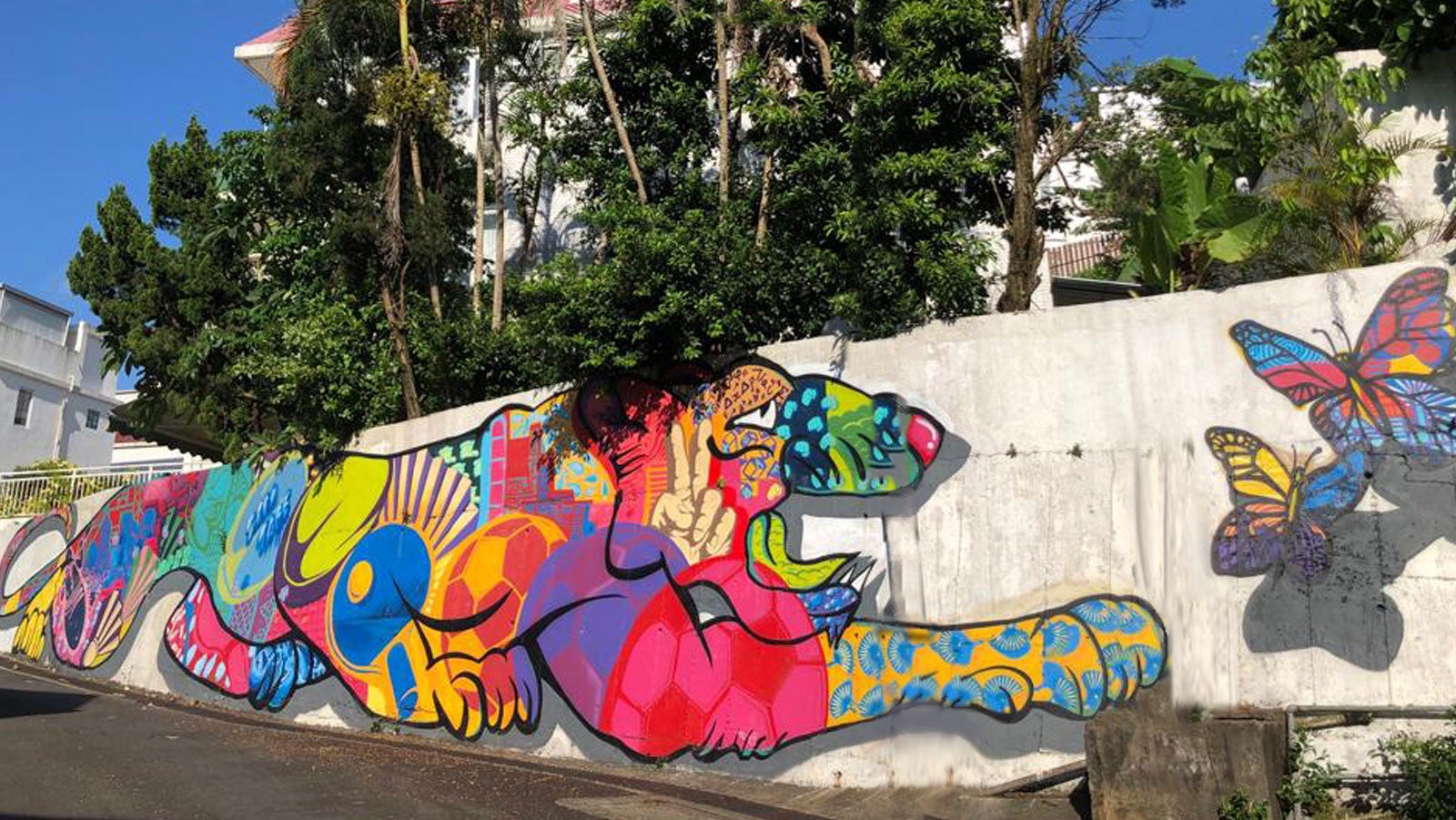
The past decade has cemented Hong Kong as a leading location for creativity, art and culture around the world, and there’s no better way to experience it than by viewing it through the eyes of locals and international artists who know the city better than anyone. From street art on walls across the city to traditional Chinese art at the newly opened Hong Kong Palace Museum, the city is brimming with all kinds of incredible creativity, you just need to know where to look.
Spot Jay Kaes’ street art
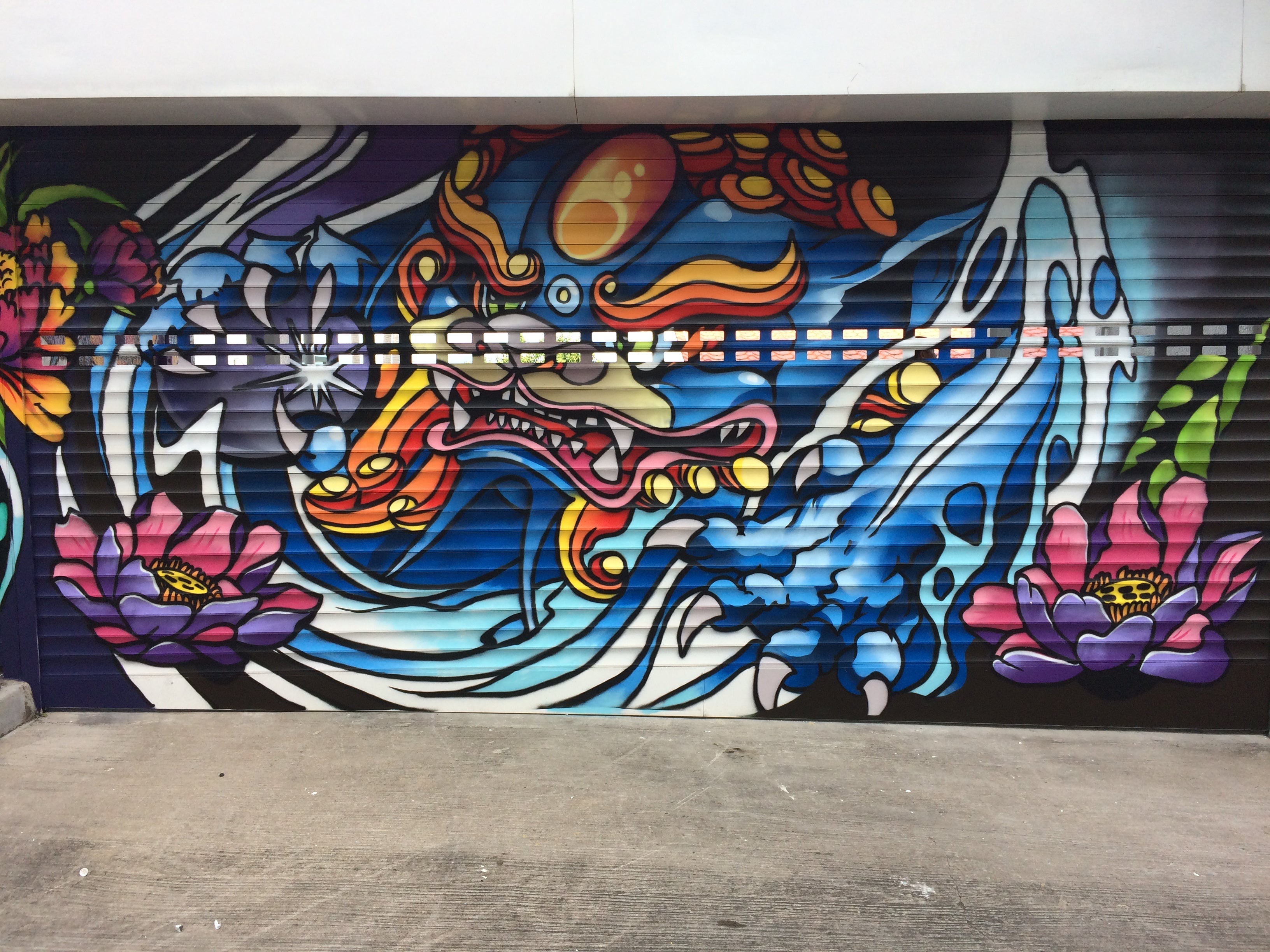
Begin your art adventure in the Central district, home to some of the city’s most exciting works of street art. Wander through the colourful, winding backstreets and you’ll find huge Escher-inspired murals, vibrant portraits of well-known musicians and depictions strange, mythological dreamscapes.
This area is artist Jay Kaes’ favourite in the city. Kaes was drawn to Hong Kong by its cosmopolitan character and the fusion of Eastern and Western cultures you find espeically around the Hollywood Road area and its surrounding streets.
“Travelling is key for my creativity,” he said. “It is always amazing to meet people in the art scene in Hong Kong. After travelling a few times to Hong Kong, I can say I have a small family of friends there. They always make me feel welcome in the city.”
“I personally love the diversity of artists who have pieces around the city. Discovering them in the art fair or while exploring the city or visiting friends and galleries is one of my favourite things to do,” Jay said.
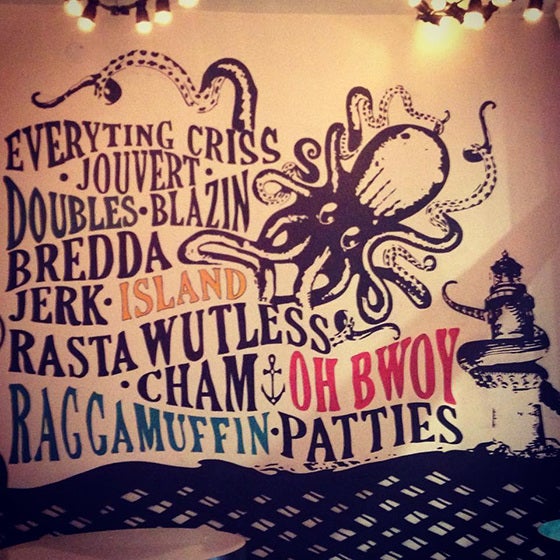
“There are many artists I like in the city, but if I had to choose one, I would choose Roes. We met each other in London several years ago, and we see each other anytime I am back in Hong Kong. I have been admiring his originality and unique vision since then. Also, we are good friends.”
Most of Jay’s works are found in private locations, but there are also a number of pieces dotted around the city in secret locations. These pieces in particular are designed according to where they are located, and informed by the local surrounds.
Of his own works, Kaes said, “My favourite murals are located in Clear Water Bay, especially one I created called Ocean. I also have a few pieces with no name in Central, close to the Victoria Peak tram. My favourite abstract mural is in Cheung Sha Wan, Kowloon.
“To me, the Hong Kong art scene provides a fresh look at Eastern and Western cultures,” he concluded. “It creates a unique blend, often brave and inspiring,”
Delve into Dr Daisy Wang Yiyou
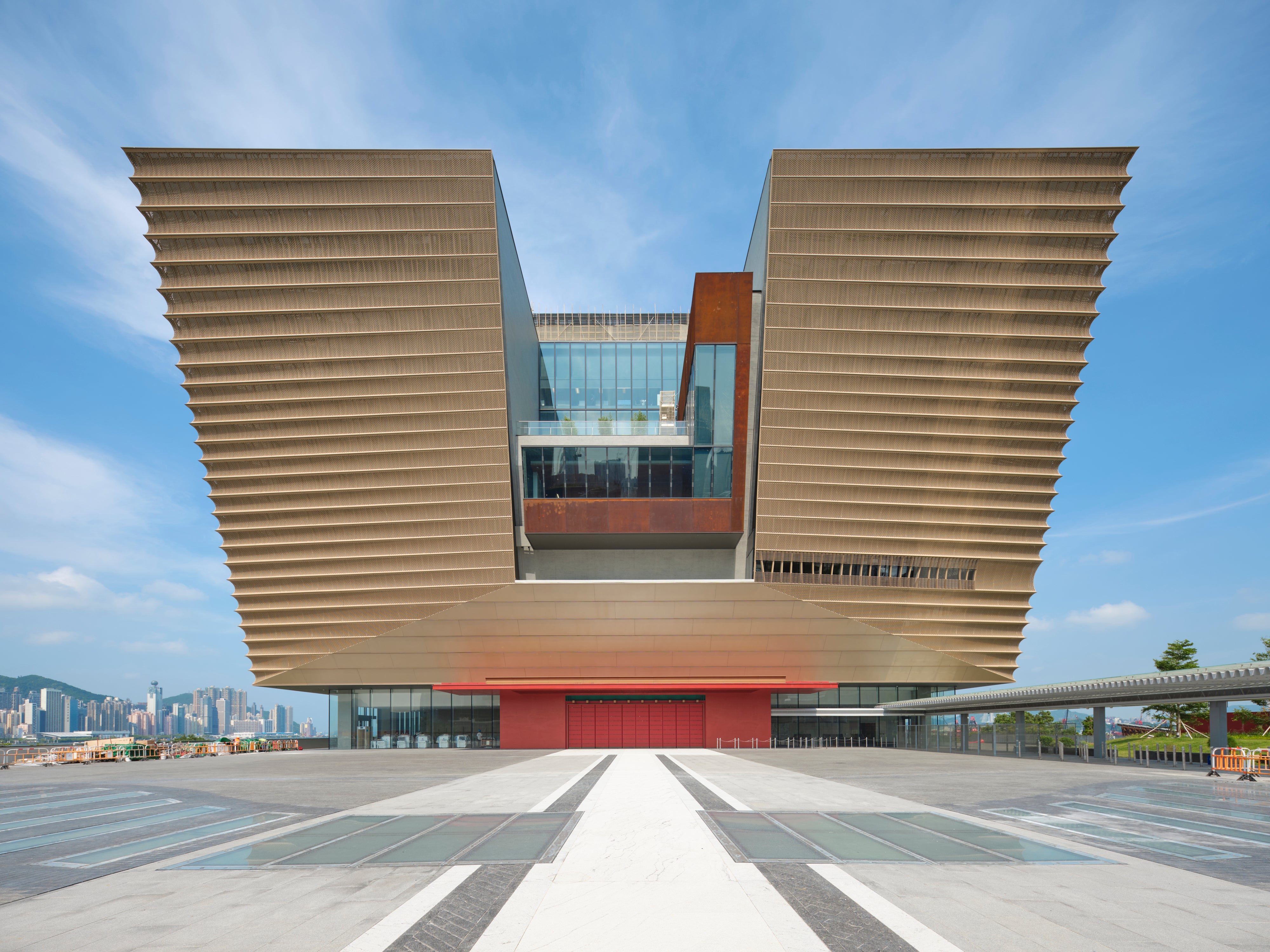
Over in West Kowloon, the newly developed West Kowloon Cultural District brings together different disciplines within the art world, from music, theatre and art, to architecture and design. The project has been underway since the 1990s and is one of the most significant cultural projects to date. It’s home to cutting-edge art museums and venues like M+, Hong Kong’s museum of visual culture, and the state-of-the-art Xiqu Centre. The newly opened Hong Kong Palace Museum can also be found in West Kowloon, which exhibits over 900 timeless works of art all dedicated to Chinese art and culture.
It’s here you can experience the work of Dr Daisy Wang Yiyou, a distinguished scholar and curator of Chinese art and the newly appointed deputy director of the Hong Kong Palace Museum. Wang is responsible for the museum’s research, collections, and publications, as well as the exhibitions, which range from Chinese painting and calligraphy to portraits and sketches of emperors and empresses.
Of her work, Wang says: “All our exhibitions are carefully planned. We have nine opening exhibitions, some of which are thematic or standing exhibitions which last a little longer, one year or more, and special exhibition galleries, that host shorter term, temporary exhibitions. Seven of these are associated with the Palace Museum Treasures, and two introductory exhibitions, which help people to get to know the Forbidden City, its history, its residents, its events, activities, architecture as well as the collection. We have an exhibition dedicated to the experience of life in the Forbidden City in one day, so that’s a fun one. But also, we have a more thematic exhibition, looking at different facets of the Forbidden City – history, collection, events, architecture.”
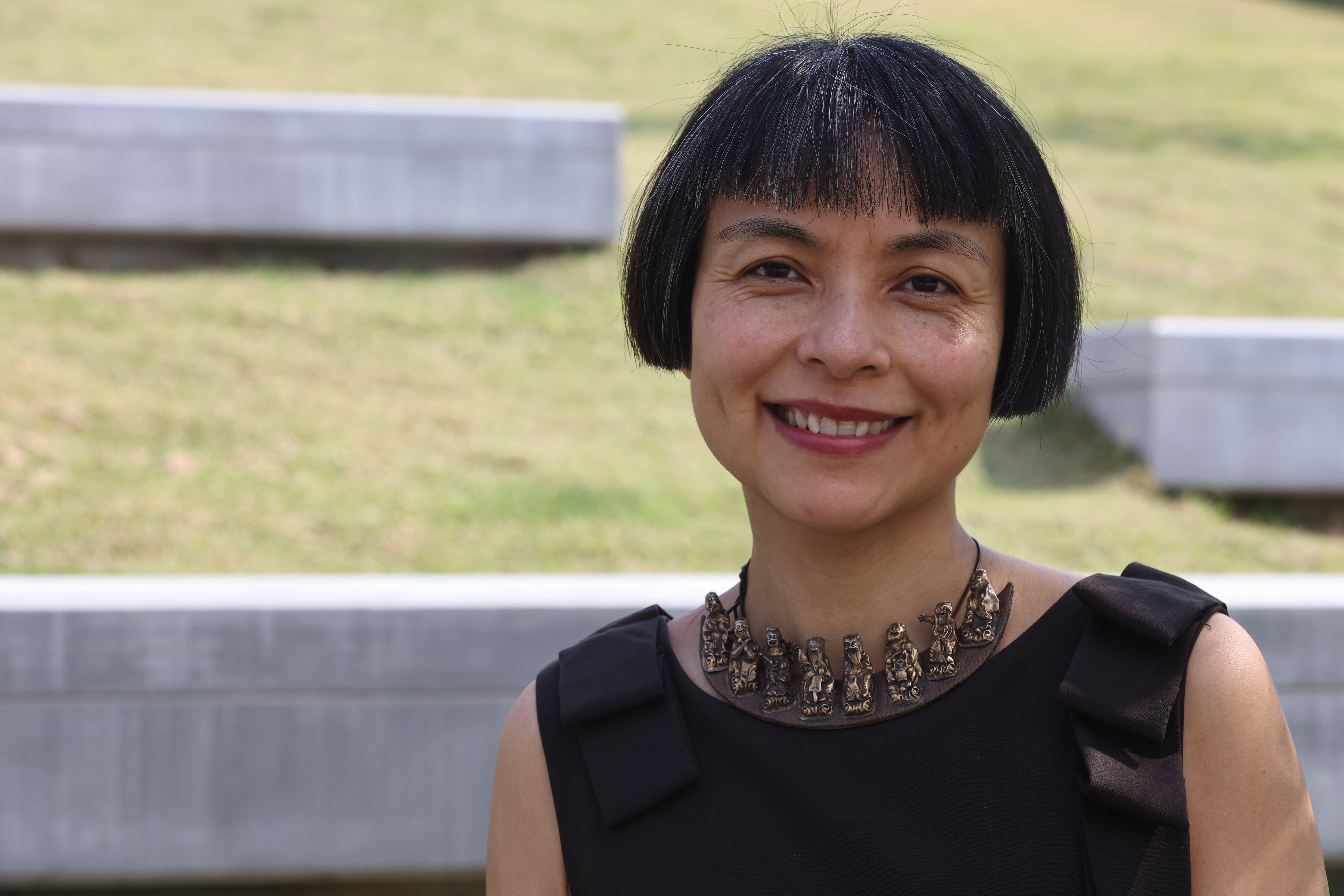
Wang has worked with a team of curators to create a diverse series of displays. “Some focus on the depth and strength of the collection – for example, the Palace Museum has more than 350,000 ceramic pieces in their collection, and we’ve picked just over 150 highlights to tell the history of Chinese ceramics, from the Neolithic period to the early twentieth century. And then we have two special exhibitions showing some of the earliest, rarest, most iconic paintings and calligraphy pieces from the Palace Museum collection. These don’t come out often, because some of them are more than 1,000 years old so they are very, very precious, and it’s a unique opportunity for to see these national treasures.”
“Then we have another exhibition looking at Palace Painting, which is very experimental. It looks at imperial portraits, how they made those portraits, how they used the portraits – how they weren’t just artworks, they served a ritual function. Today we commemorate our ancestors by looking at their photos, and with these pieces it’s the same practice, they venerate their ancestors by looking at their portraits. We have a section inviting visitors to appear in their own imperial portraits, using interactive imaging technology so you can add your face to an imperial portrait, and use it on your social media.”
After delving into the wonderful world of Chinese art and culture, head to the CURATOR Creative Café at M+, where you can use the latte printing machine to paste a custom image on your cup of coffee. When the sun sets, it’s worth popping up to the Roof Garden for panoramic vistas of Victoria Harbour and the surrounding islands.
When night has fallen, Temple Street Night Market springs to life. This local market is less than half an hour’s walk from M+ and has been serving the community since the 1920s. Tourists may flock here, but it remains one of the city’s most exciting and ungentrified regions. You’ll find fortune-tellers, street performers, herbalists, and local vendors selling souvenirs at bargain prices (make sure to barter). The street food can be found on Woo Sung Street, where you can dine streetside in an open-air kitchen and enjoy crispy chilli crab, stir-fried morning glory, and other traditional dishes.
Muse over some murals by Szabotage
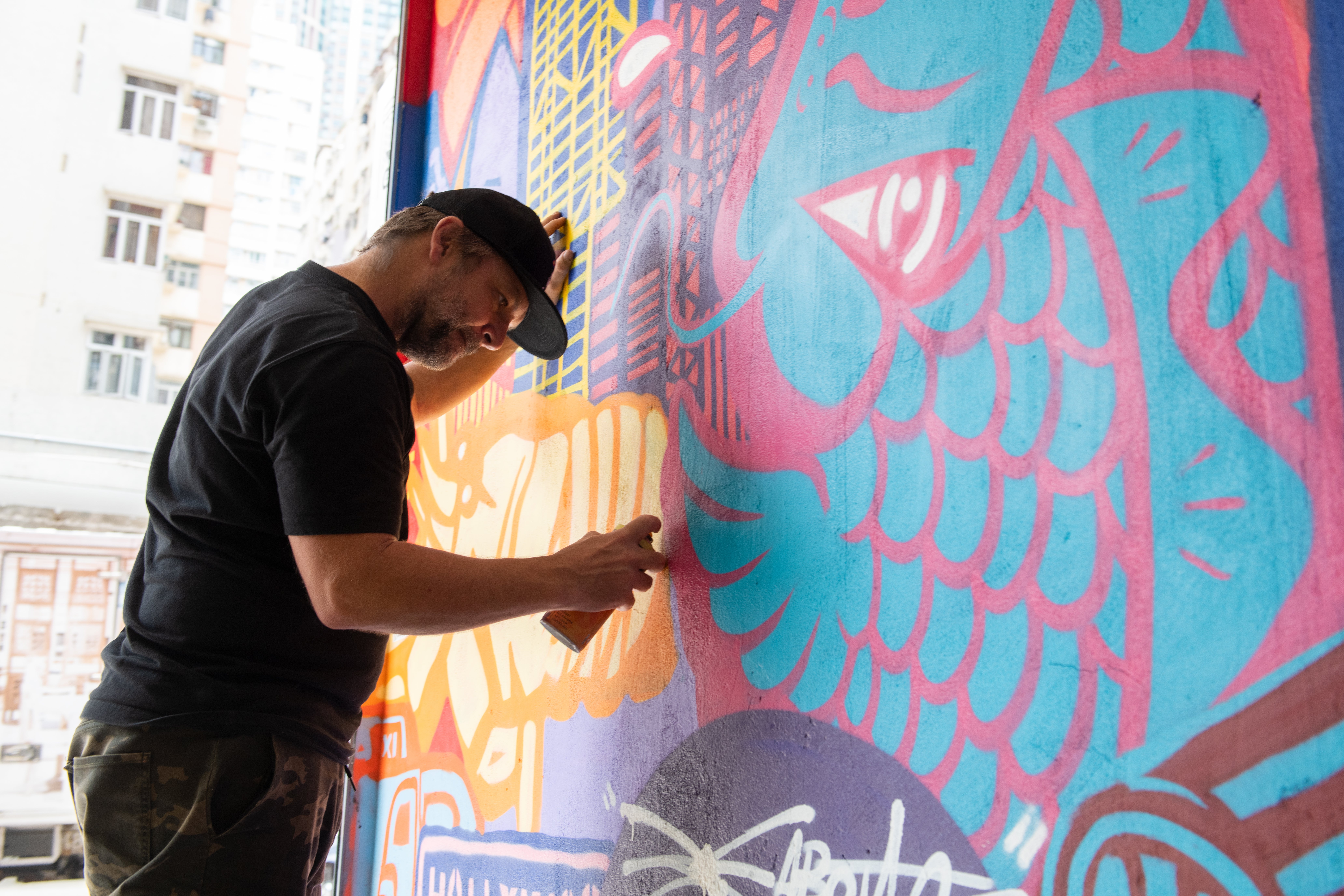
Szabotage is another artist who has been making waves in the street art scene in Hong Kong. The former architect and designer was originally from Shoreditch in London but found the graffiti scene there too saturated and competitive. “What draws me to paint Hong Kong architecture and streetscapes, in particular, is the juxtaposition of dilapidated buildings and brand new skyscrapers, the old and new, and how condensed the city is. I want to capture the vibe, the buzz, and the chaos and vibrancy of life on the streets of Hong Kong.”
Inspired by the endless blank walls in the city, Szabotage decided to make the move and has been pasting his art all over, ever since. He’s always been inspired by the culture, streetscapes and urban architecture of Hong Kong, which is reflected in many of his murals. In terms of his favourite pieces, he says, “One mural that I like is one I’ve done recently in Tsim Sha Tsui. It shows my signature stencil language, a visual language that I’ve been developing and perfecting. Although I call them stencils, each icon in the mural is actually hand-painted.”
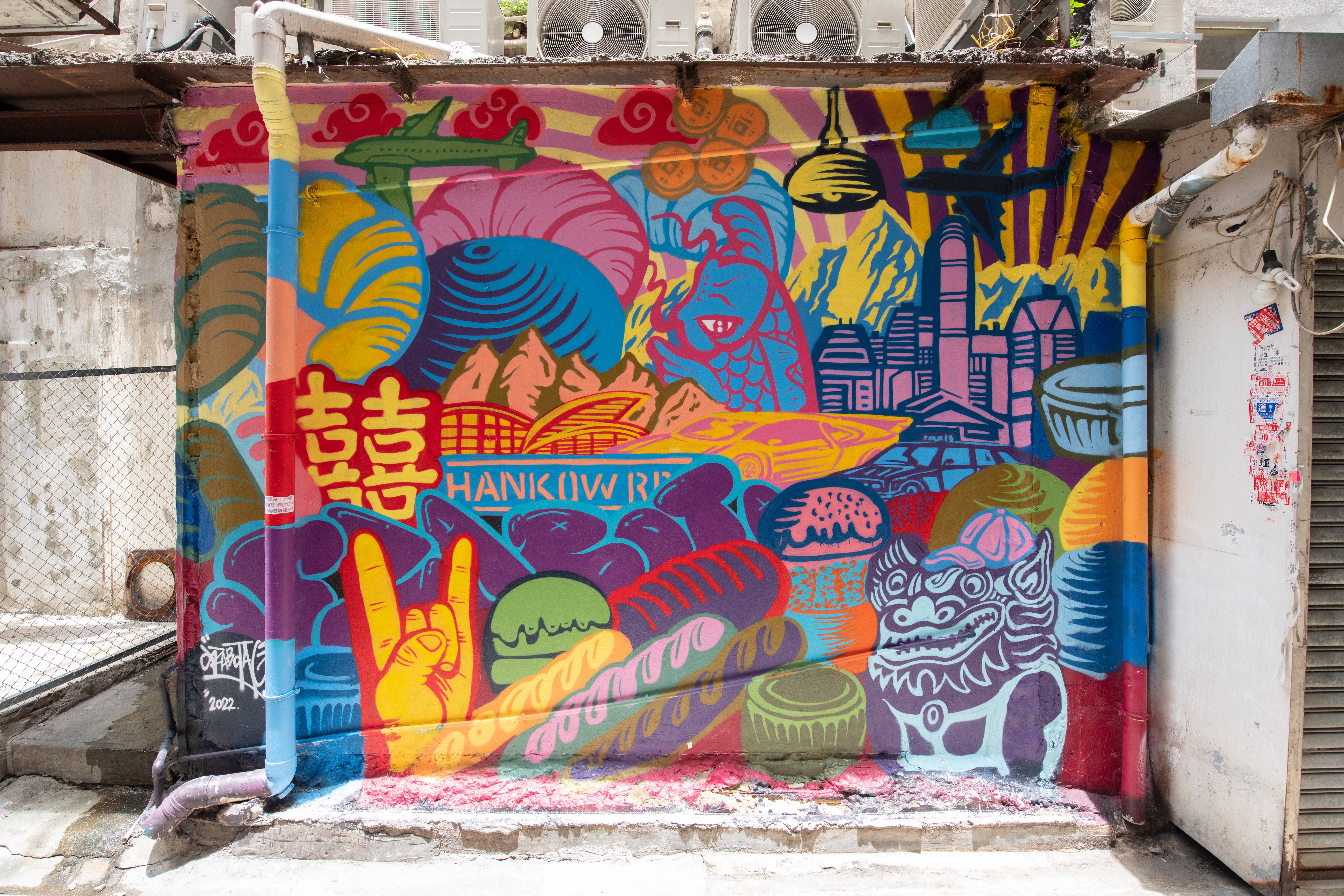
“There’s also my Jaguar mural in Tai Hang Hau, Clear Water Bay. This mural is close to home and I created it to connect with my community.” You can see some of his work pasted on walls around Yuen Long, Big Wave Bay and San Wing Pun. However, he is most known for his signature Koi Carp graffiti, which can be found on walls all over the city in places like Hong Kong Island and Kowloon.
Of this recurring motif, he says, “When I started doing street art in Hong Kong, I found the perfect wall in Sai Ying Pun to paint. The owner of the wall requested that I paint a Koi but we couldn’t agree on a design, saying that I ‘couldn’t paint fish’. I took his feedback and invested the time to perfect the Koi, painting them across Hong Kong, and used this experience as fuel to pursue my artistry.”
“Characteristics associated with the Koi, such as courage and perseverance are reflected in my art, with its boldness, strong symbolism and powerful colour palette. The Koi jumping out of water is jumping out of its comfort zone, from water to air. There’s a sense of joy and rebellion demonstrated by its ability to swim against currents and even travel upstream, strong connotations that I can relate to.”
Photographer Derry Ainsworth’s day in Hong Kong

For must-try experiences and more inspiration, visit DiscoverHongKong.com/UK/explore/arts

Bookmark popover
Removed from bookmarks